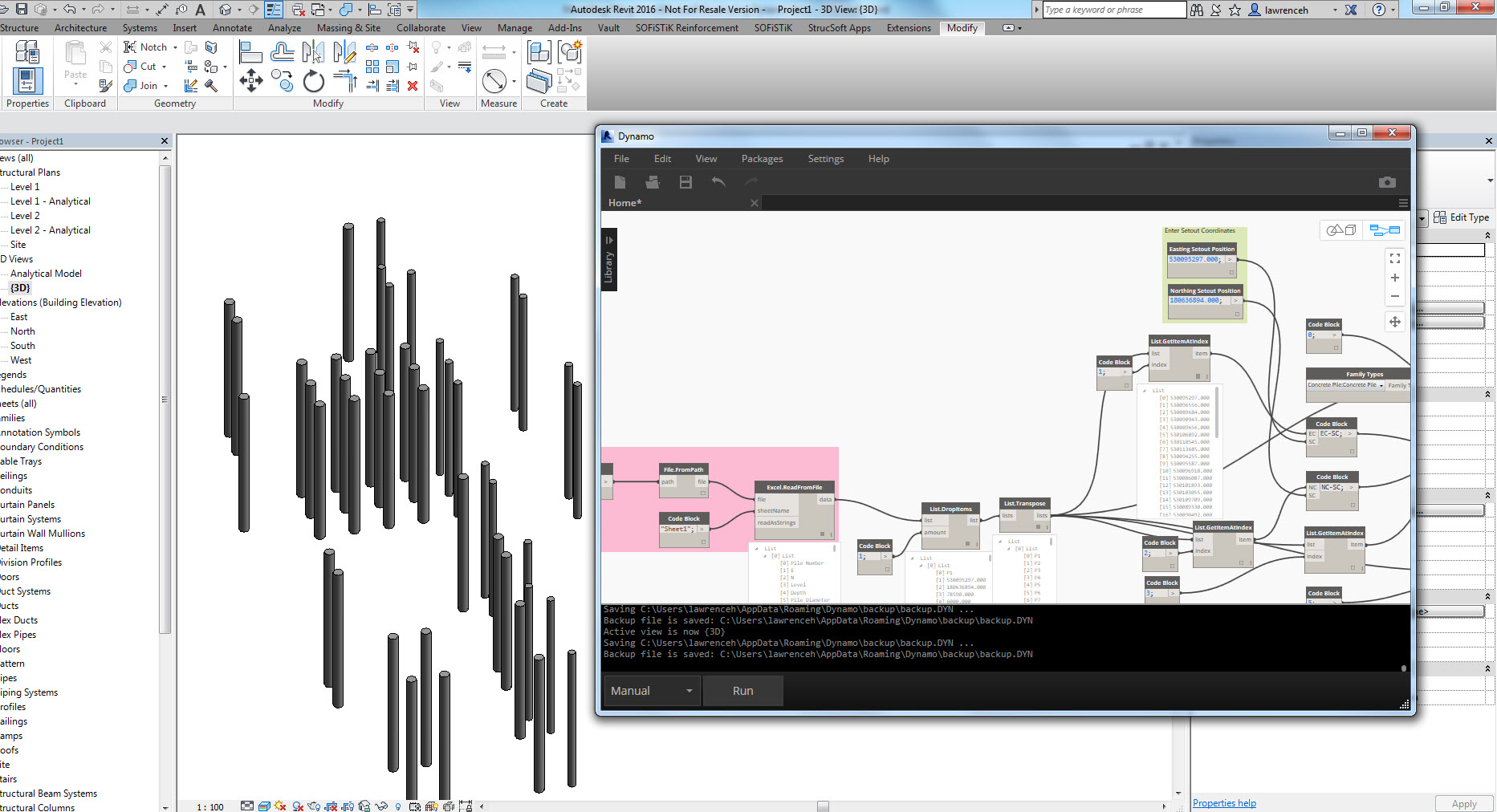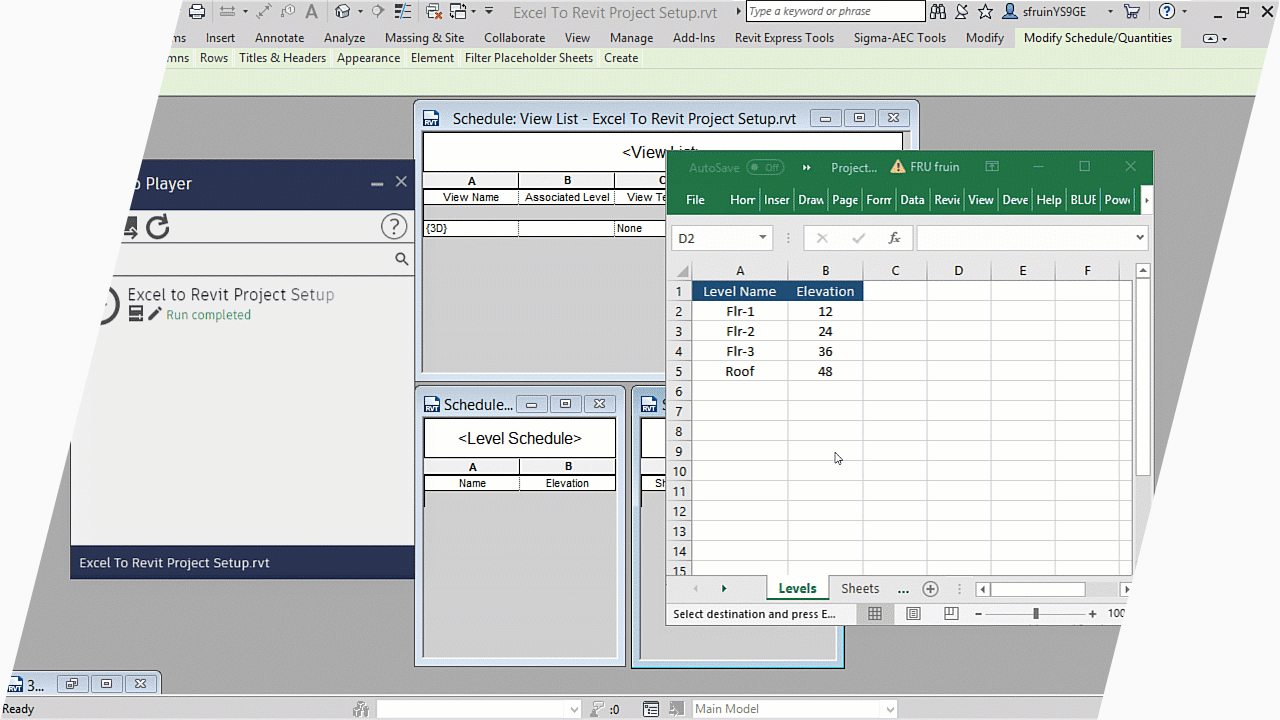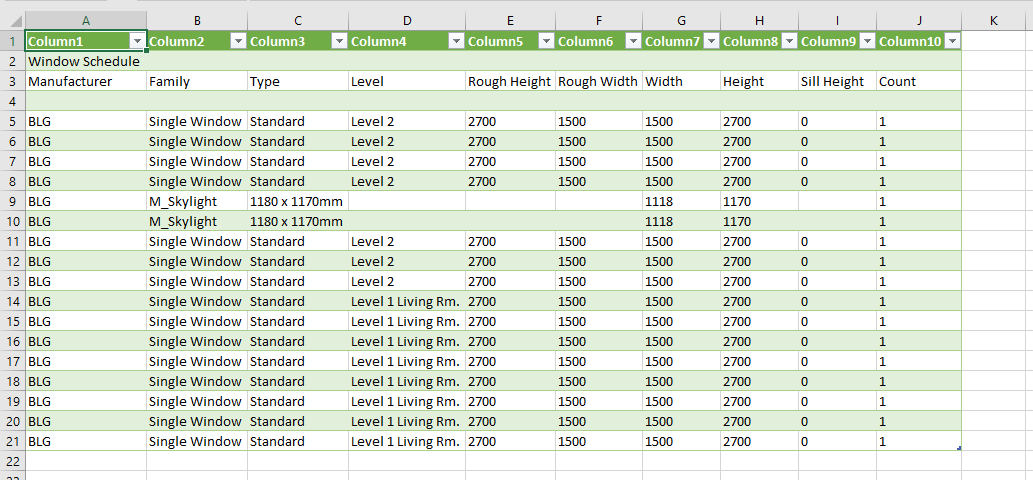Optimize Your Process with Revit Add Ins and Plugins
Wiki Article
Revit Excel Assimilation Demystified: Improving Workflows for Boosted Job Sychronisation
Are you tired of having problem with inefficient job sychronisation and lengthy process? Look no additionally, since Revit Excel Assimilation is here to demystify the procedure and simplify your projects. With this powerful device, you can boost project sychronisation and get rid of the trouble of hand-operated data entrance. In this post, we will certainly guide you through the value of Revit Excel Combination, reveal you how to improve process, and supply ideal techniques for successful integration. Get all set to revolutionize your task coordination with simplicity.The Value of Revit Excel Combination
You require to understand the value of Revit Excel combination to effectively enhance your operations and enhance job control. The assimilation of Revit, a powerful building info modeling (BIM) software, with Excel, a widely utilized spread sheet program, gives numerous benefits for designers, designers, and building specialists.

By incorporating Revit with Excel, you can eliminate hand-operated information access and lower the risk of errors. This not only saves time however likewise makes certain precision in your task documents. You can upgrade information in Excel, and it will instantly upgrade in Revit, keeping uniformity throughout your task.
Furthermore, Revit Excel integration boosts task control by making it possible for reliable cooperation amongst staff member. With data integrated between Revit and Excel, everyone can access the most current details and function together perfectly. This promotes smoother interaction, decreases conflicts, and improves total task effectiveness.
Exactly How to Improve Workflows With Revit Excel Integration
Maximize your process by perfectly attaching Revit and Excel to simplify your process. By integrating these 2 powerful tools, you can boost job sychronisation and enhance efficiency in your job. With Revit Excel combination, you can easily move data in between the two systems, enabling seamless interaction and collaboration.

An additional benefit of Revit Excel assimilation is the capacity to produce custom-made reports and evaluate data better. With Excel's durable features, you can do advanced calculations, develop charts and graphes, and generate detailed records based on the data from your Revit versions. This enables you to make and get beneficial insights informed decisions throughout the task.
Enhancing Project Sychronisation With Revit Excel Assimilation
By seamlessly connecting your style software application with powerful data analysis tools, you can greatly improve the control of your tasks. Revit Excel assimilation allows you to streamline your process and enhance job sychronisation by removing manual data entry and decreasing errors. With this combination, you can quickly transfer data between Revit and Excel, making sure that all task details depends on day and exact.Among the crucial advantages of Revit Excel combination is the capability to import and export information in between the 2 software application effortlessly. This indicates that you can quickly import existing job data from Excel into Revit, conserving you effort and time in coming back details. You can export task information from Revit to Excel, allowing you to perform innovative evaluation and computations making use of the effective functions of Excel.
Moreover, Revit Excel assimilation allows you to create vibrant web links in between both software (import excel into revit). This indicates that any type of adjustments made in Revit will instantly update in Excel, and vice versa. This makes certain that all job stakeholders are working with one of the most updated information, boosting job sychronisation and reducing the threat of errors
Conquering Difficulties in Revit Excel Integration
When getting over difficulties in the assimilation of Revit and Excel, it is essential to make sure smooth data transfer and decrease errors. One usual difficulty is the compatibility of information formats in between Revit and Excel. To tackle this, you can use plugins or add-ins that assist in the conversion of information from one format to another. These devices assist maintain the honesty of the information during the transfer procedure.One more obstacle is the lack of synchronization between Revit and visit the website Excel. It's critical to establish a clear process that ensures both systems are updated in real-time. This can be accomplished by making use of cloud-based cooperation tools or establishing a system for routine information syncing.
Taking care of huge datasets can additionally be problematic. Revit and Excel have different abilities when it involves handling large amounts of data. To conquer this obstacle, you can divide the information right into smaller, workable portions or make use of information filtering system strategies to concentrate on specific areas of visit our website passion.
Last but not least, human error can cause disparities in between Revit and Excel information. It's important to educate employee on the combination procedure and develop quality assurance procedures to capture any type of errors. Regular audits and cross-checks can help identify and rectify any variances.
Finest Practices for Successful Revit Excel Integration
To make sure successful combination of Revit and Excel, it's important to comply with some ideal methods that will certainly help streamline your workflow and lessen errors. Furthermore, when connecting Excel data into Revit, make sure that the data is clean and complimentary from any formatting problems that can cause errors.One more crucial technique is to routinely update your Excel data in Revit. Make it a routine to examine and upgrade the information at regular intervals, especially when changes are made to the project.

Conclusion
So, there you have it - revit Excel integration doesn't have to be a difficult job. By streamlining your operations with this effective mix, you can boost task sychronisation and accomplish higher effectiveness. Keep in mind to conquer any type of difficulties that may arise and follow ideal techniques for effective combination. With revit Excel integration demystified, you'll be well on have a peek here your way to optimizing the potential of these devices and taking your projects to brand-new heights.You can export your Revit timetables to Excel, make changes or updates in Excel, and after that import the upgraded information back into Revit with just a couple of clicks. Revit Excel combination enables you to streamline your workflows and improve task sychronisation by eliminating hands-on data access and minimizing mistakes. With this assimilation, you can easily move data in between Revit and Excel, making certain that all job details is up to date and exact.
You can export job data from Revit to Excel, allowing you to perform advanced analysis and computations using the effective functions of Excel.
Additionally, when connecting Excel data into Revit, make certain that the data is tidy and free from any type of format concerns that might create errors.
Report this wiki page